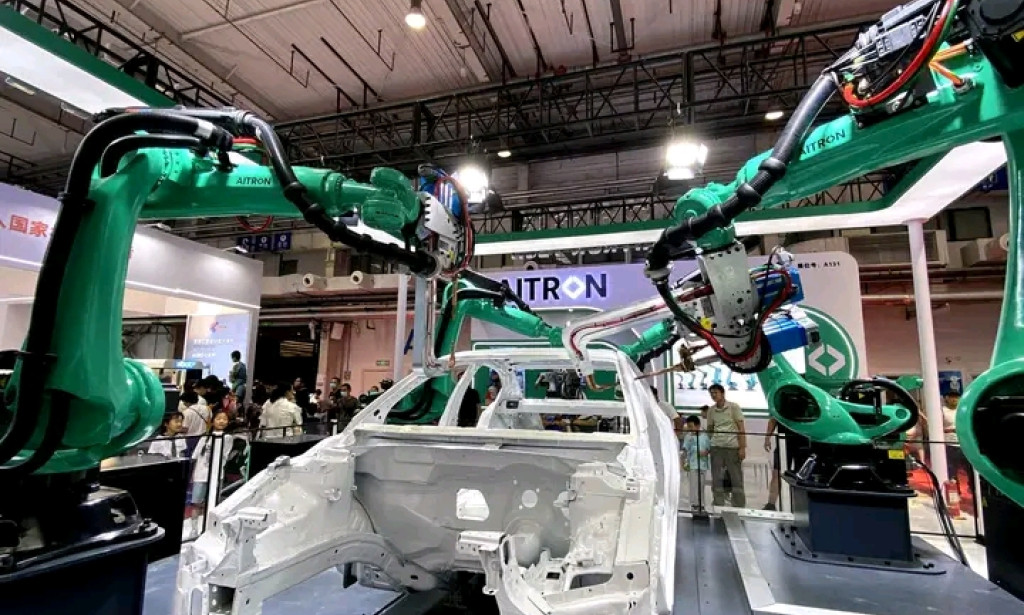Robots are widely used in industries, healthcare, agriculture, exploration, and everyday life. Robotic technology combines elements of mechanical engineering, electrical engineering, computer science, artificial intelligence, and control systems.
Key Components of Robotic Technology:
1. Sensors: Allow robots to perceive their environment (e.g., cameras, proximity sensors, pressure sensors, gyroscopes).
2. Actuators: Enable movement or interaction with the environment (e.g., motors, servos, hydraulic systems).
3. Control Systems: Process sensor inputs to guide actions, often involving advanced programming and algorithms.
4. Artificial Intelligence (AI): Empowers robots to make decisions, learn, and adapt to complex tasks.
5. Mechanical Design: Determines the physical structure and movement of the robot, including limbs, wheels, or tracks.
6. Power Supply: Ensures energy for operation, often through batteries or external sources.
Applications of Robotic Technology:
1. Industrial Robotics:
Assembly lines (e.g., automotive and electronics manufacturing).
Welding, painting, and packaging.
2. Healthcare:
Surgical robots (e.g., Da Vinci Surgical System).
Rehabilitation and assistive robots.
Telepresence for remote consultations.
3. Agriculture:
Crop monitoring, planting, and harvesting.
4. Military and Defense:
Surveillance drones and bomb disposal robots.
5. Space Exploration:
Rovers (e.g., NASA's Perseverance rover).
6. Service Robots:
Cleaning robots (e.g., Roomba).
Delivery robots in warehouses and urban settings.
7. Education and Research:
Robots used for teaching programming and AI concepts.
Advancements in Robotic Technology:
1. Collaborative Robots (Cobots): Designed to work alongside humans safely.
2. Autonomous Vehicles: Self-driving cars and drones.
3. Soft Robotics: Use of flexible materials for delicate tasks.
4. Swarm Robotics: Coordination of multiple robots to perform tasks.
5. Humanoid Robots: Robots designed to mimic human form and behavior (e.g., Boston Dynamics’ Atlas, Honda’s ASIMO).
6. AI-Powered Robots: Integration of machine learning and neural networks for advanced decision-making.


You must be logged in to post a comment.